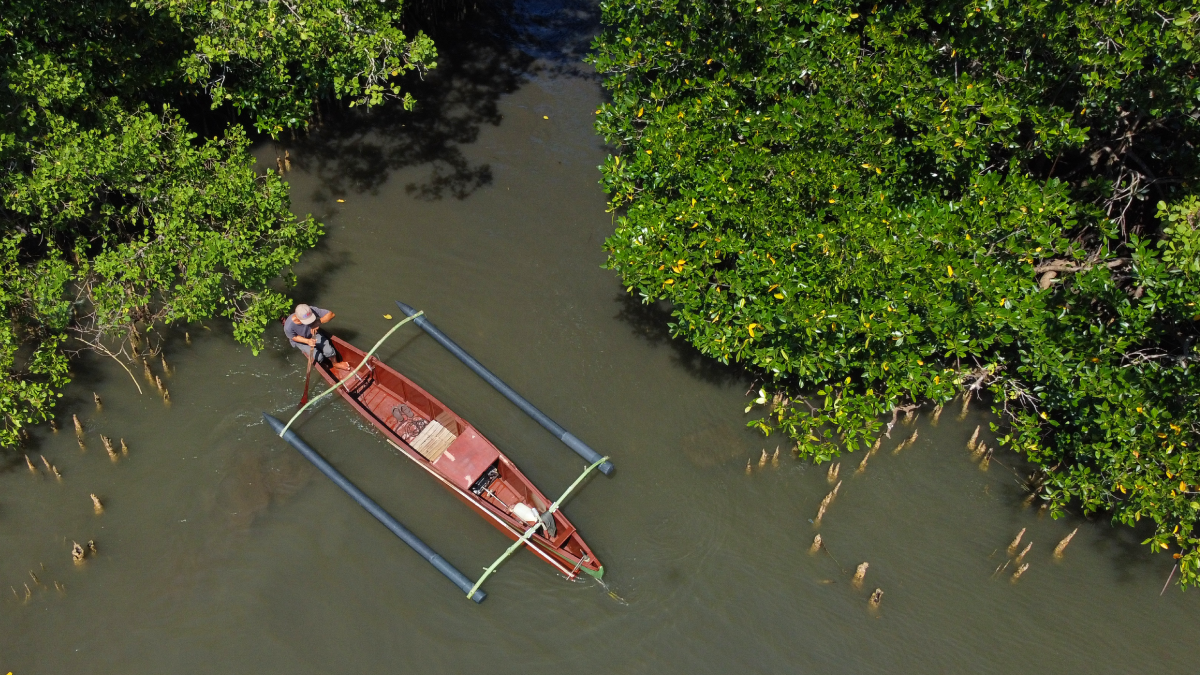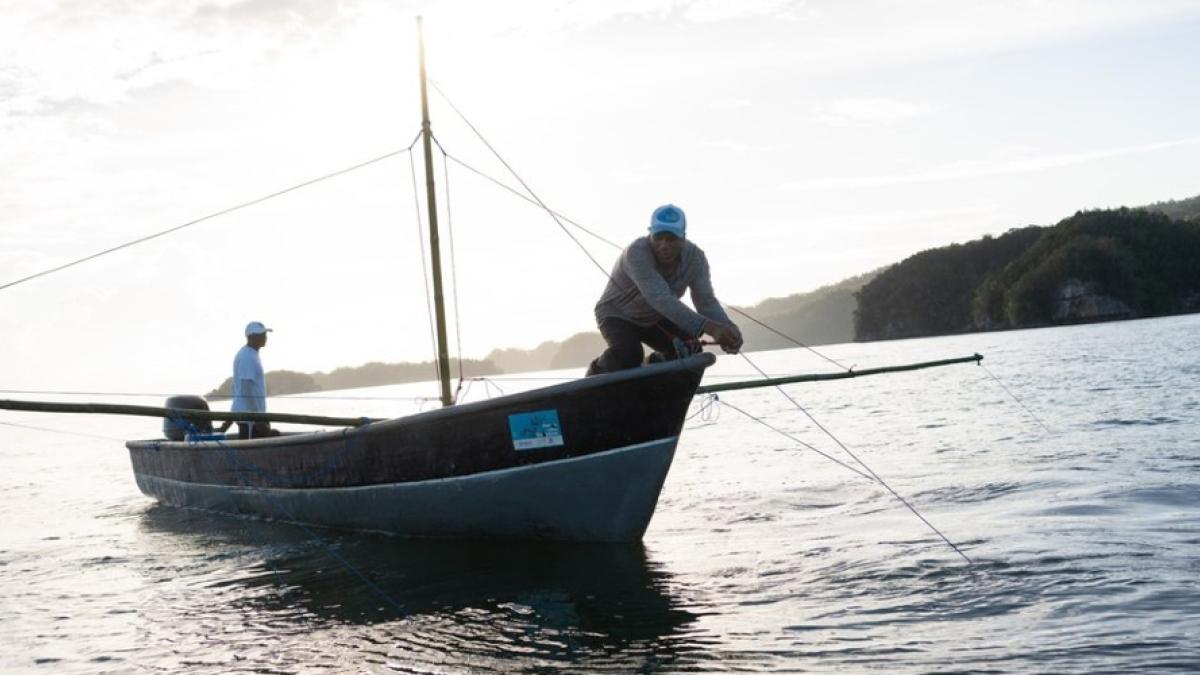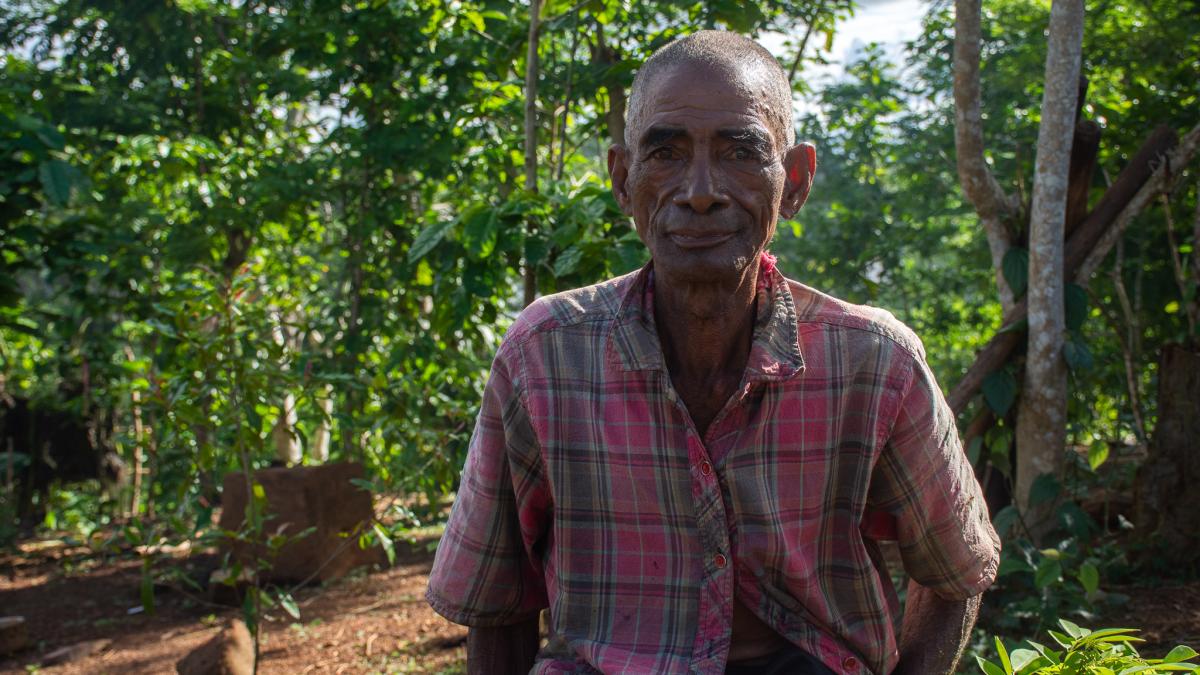Conservation is development. USAID achieves cross-cutting results through programming that protects priority land and seascapes and promotes the security, health, and prosperity of local communities.
Featured Story
Primary TextConserving biodiversity and forests is one of the most important steps we can take to mitigate climate change and biodiversity loss while reducing the risk of disease spillover and potential future pandemics.
Secondary Text— USAID Administrator Samantha Power
Conservation is an American tradition that creates and sustains economic opportunity and protects the plants, animals, and natural places that communities need to thrive. By investing in the world’s priority biodiversity areas, USAID helps the world’s most vulnerable people secure better health and well-being outcomes while managing and conserving their natural wealth.
Jason Houston / USAID
Guided by the Agency’s Biodiversity Policy and Environmental and Natural Resource Management Framework, USAID works in approximately 60 countries to conserve biodiversity, leverage private sector funds, fight conservation crime, and support sustainable fisheries. USAID’s work is more critical than ever: Nature is declining at unprecedented rates in human history and an estimated 1 million plant and animal species face extinction. Declines in biodiversity and ecosystem services threaten to undermine progress already achieved toward many global development goals and our ability to effectively support partner countries’ economies, global health, security, and capabilities to adapt to a changing climate.
USAID invests in biodiversity conservation because:
Approximately 1.6 billion people worldwide rely on forests for their livelihoods, especially the rural poor.
Biodiversity loss increases risks of disease and poor nutrition.
Environmental sectors, like forestry and fisheries, are important entry points for women’s economic empowerment.
Biodiversity keeps soils fertile, agricultural pests in check, and supports pollinators that sustain and improve food security through increased agricultural productivity.
Fighting environmental crime and corruption in rural communities improves safety and opportunities for legal livelihoods.








